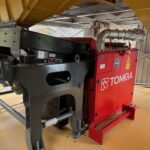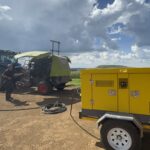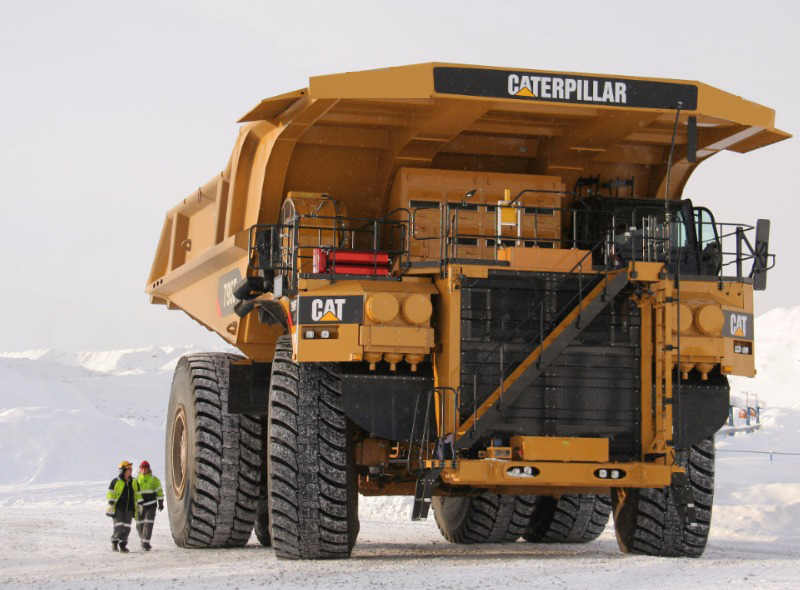As miners continue to work long-hours in consecutive shifts, today’s heavy mining equipment – for both underground and overground operations – is in operation 24/7 to meet tight work schedules.
Operating in a high-risk environment; with dust, prolonged vibration and extended use, all elevating risk of overheating, these heavy-duty mining vehicles are inevitably prone to fire risk.
Fredrik Rosén, business manager, , explores the fire risks associated with heavy equipment at mines, especially as vehicles and technologies evolve, and explains how mine operators can minimise downtime, while maximising safety.
What’s influencing fire risks?
Specific risks will be determined by individual risk assessments, which look at a mine’s operations as a whole and how vehicles operate in a particular environment. The majority of heavy-duty vehicles and equipment, though, are at risk from several common fire hazards in mines.
Overheating
Due to the challenging operating environment, mine vehicles inevitably gather dust and dirt. Undoubtedly, keeping the engine compartment clean reduces risks, but doing so might be difficult in some industries, like mining, where operations generate a lot of dust. Unchecked, though, this could increase the risk of overheating.
Overheating on its own isn’t necessarily a sign of a potential fire. But due to the extensive operation of mining vehicles, prolonged vibration can increase the friction between different sections of the vehicle, resulting in increased wear and tear, as well as an increased risk of overheating.
If this wear and tear leads to loose cables, sparks or damage to the injection pipe, for example, combined with overheating, it can result in dangerous electrical or spray fires that are violent and quickly spread.
Electrification
In an effort to be more ecologically friendly, several mine operations are transitioning from conventional combustion engine vehicles to electric vehicles (EVs).
Although EVs are less likely to overheat, their lithium-ion batteries do present a unique fire risk. The four factors listed below are the primary reasons for battery fires:
- Heat exposure
- Mechanical impacts, such as collisions or mechanical failures
- Overcharging or undercharging
- Protection flaws, where particles can enter battery cells.
Each of these has the potential to result in internal short circuits, putting the battery at a high risk of thermal runaway, which is characterised by a quick rise in temperature and the subsequent risk of fire, release of toxic gases and possibly even enormous explosions.
Thermal runaway is typically unnoticed by traditional fire detection systems until temperatures start to increase, by which time they’ve frequently passed the point of no return. As a result, there’s a need for a that recognises the release of toxic gases before temperatures rise.
Automation
Accelerated by the COVID pandemic, mining automation has reached an all-time high. Remotely operated autonomous vehicles can now be used to boost uptime and reduce worker health risks.
However, when there are fewer persons present or nearby when mining vehicles are in use, it may be more challenging to spot fire threats. In this situation, an automated detection and suppression system is necessary to enhance response times, reduce the chance of downtime and avoid vehicle damage.
How can mine operators reduce the risks?
Recognise the particular risks connected to your mine first. As technology develops, keep re-evaluating your risk assessment map, as well as your systems for fire detection and suppression.
Whether a vehicle is electric, diesel, automatic or manual, there are distinct risks associated with each type that must be carefully addressed.
To effectively manage the relevant threats, maximise safety and save downtime, you should consider the whole mining operation and develop a customised solution.
For more information, visit .















